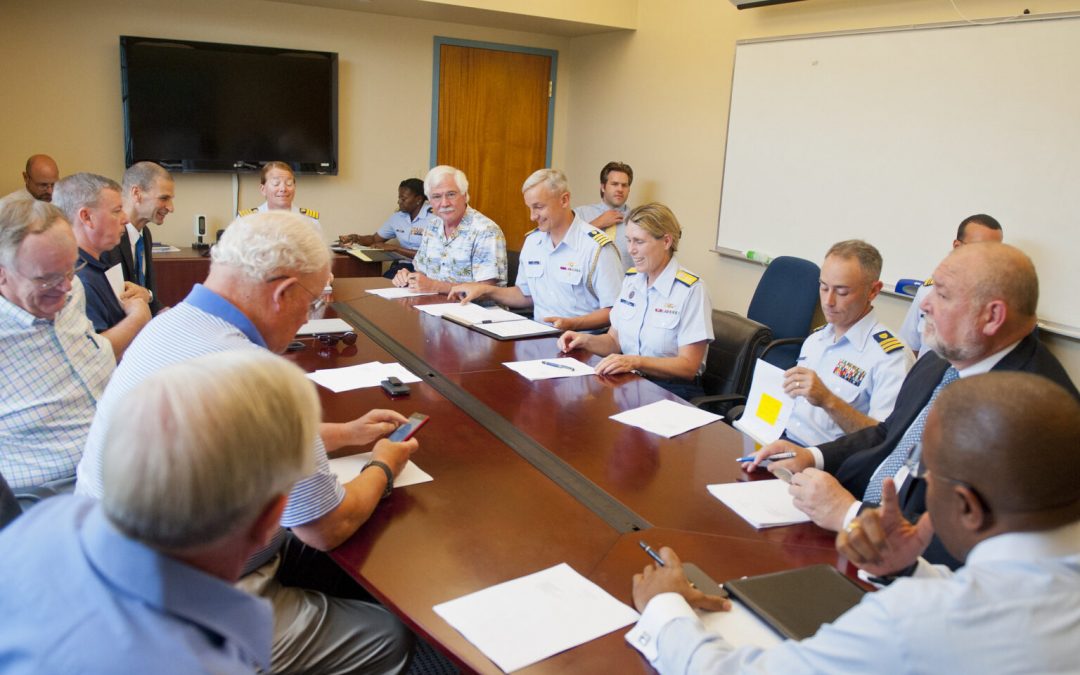Leading with Character: Intentional Leadership
Last week, I was honored to address the Texas A&M corps of cadets with a keynote for their annual Intentional Leadership Conference. The conference is sponsored by Texas A&M’s Hollingsworth Center for Ethical Leadership. The Hollingsworth Center shares a lot in common with the US Coast Guard Academy’s James Loy Institute for Leadership, where I serve as a trustee. Both organizations aim to develop students as leaders of character.
It’s inspiring to see more and more colleges and universities establishing leadership centers of excellence focused on character-centered, or as some would say, character-driven leadership. They’re filling a surging demand for graduates who are not only technically capable, but who are developing the skills and values needed to lead teams and organizations in a more complex world.
Leading with Intent
Speaking with the Texas A&M corps got me thinking about intentional leadership. What does that really mean? Then, just a couple of days later I listened to a leadership podcast which discussed leading with intention. The premise presented by the guest was that truly great people do everything with intention. They lead with intent, leaving nothing to chance.
What’s your reaction to that statement? Do you agree?
The Value of Spontaneity
I don’t think being intentional in everything is the best pathway to success. Sure, it’s important to set goals and plan how to achieve them, but I believe there’s a balance. From my experience, one must be flexible, not rigid, in a complex environment filled with uncertainty. There’s a saying in the military, “no plan survives first contact with the enemy.” That means one has to be intentional in planning for possible scenarios that can be imagined, but one must also adapt as necessary and seize opportunities that emerge outside of the plan. Great leaders know that.
Throughout my time serving in the US Coast Guard, I tried to focus on career goals, with the intent of following a path to success. I quickly learned that my career planning never “survived first contact with my assignment officer!” The Coast Guard gave me orders to jobs and places I never expected. I learned to adapt and seize opportunities that I hadn’t even considered. I learned to place some trust in the system, embrace spontaneity, and to do my utmost best wherever I was assigned. I also discovered that being spontaneous adds zest to work and life. Looking back, I wouldn’t change a thing.
It’s All About Balance
Leaders of character learn how to balance intention and spontaneity. They put forth a vision and strategic intent, then communicate that intent to their people so everyone can pull together to succeed. Those leaders also tap their peoples’ diverse experiences and perspectives to encourage innovation, which may mean looking for ways to adapt and improve the plan. The key is to achieve a mindset of spontaneity balanced with the discipline to focus on the intended outcome.
Look in the mirror. What does intentional leadership mean to you?
Please join me again next week for more on Leading with Character.
If you enjoyed this post, please visit my website where you can buy my book, Breaking Ice & Breaking Glass: Leading in Uncharted Waters, and sign up for my mailing list: https://sandrastosz.com/book/breaking-ice-and-breaking-glass/



